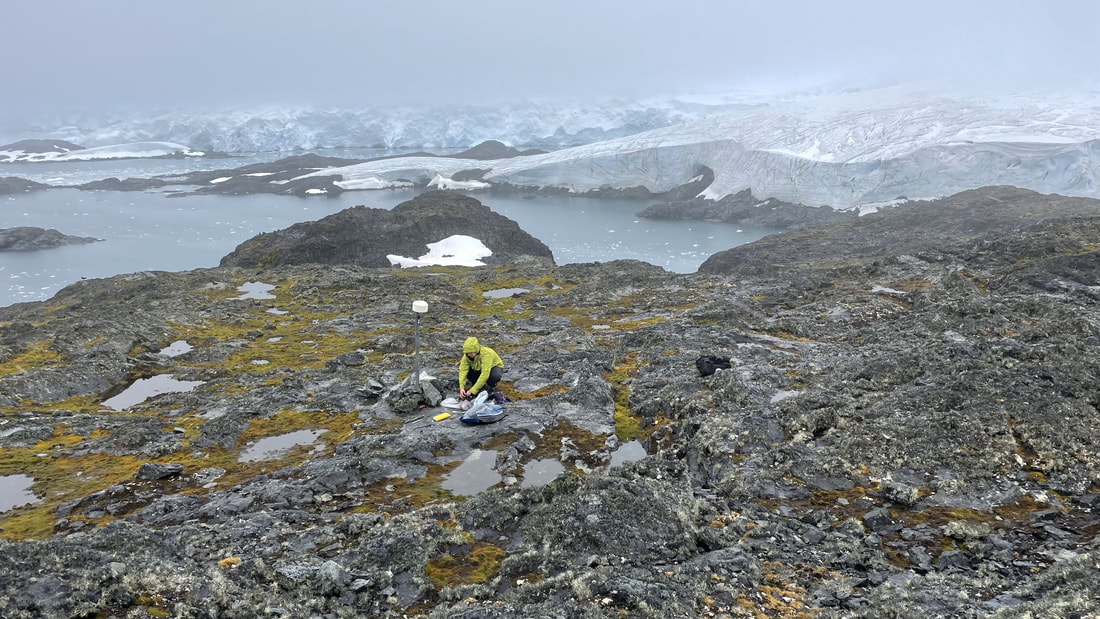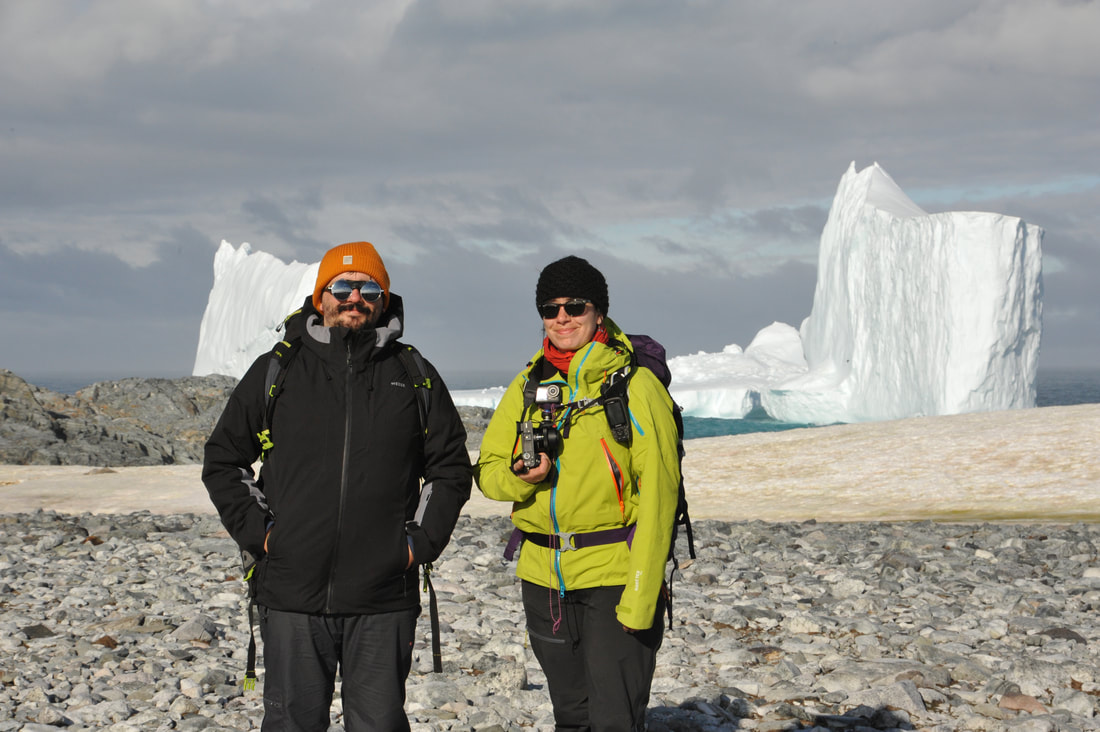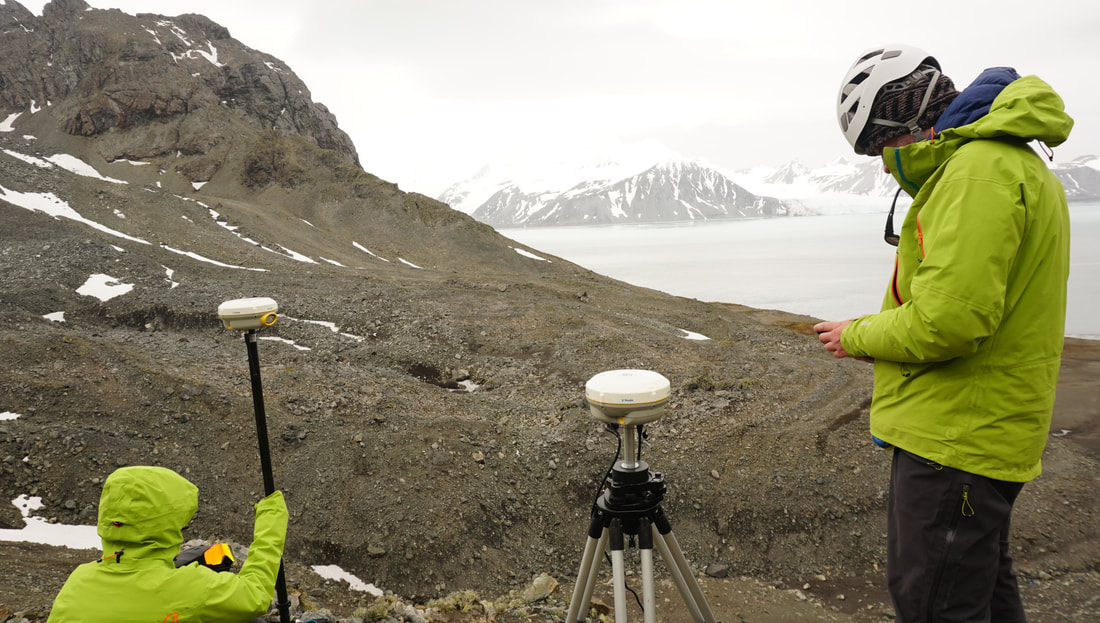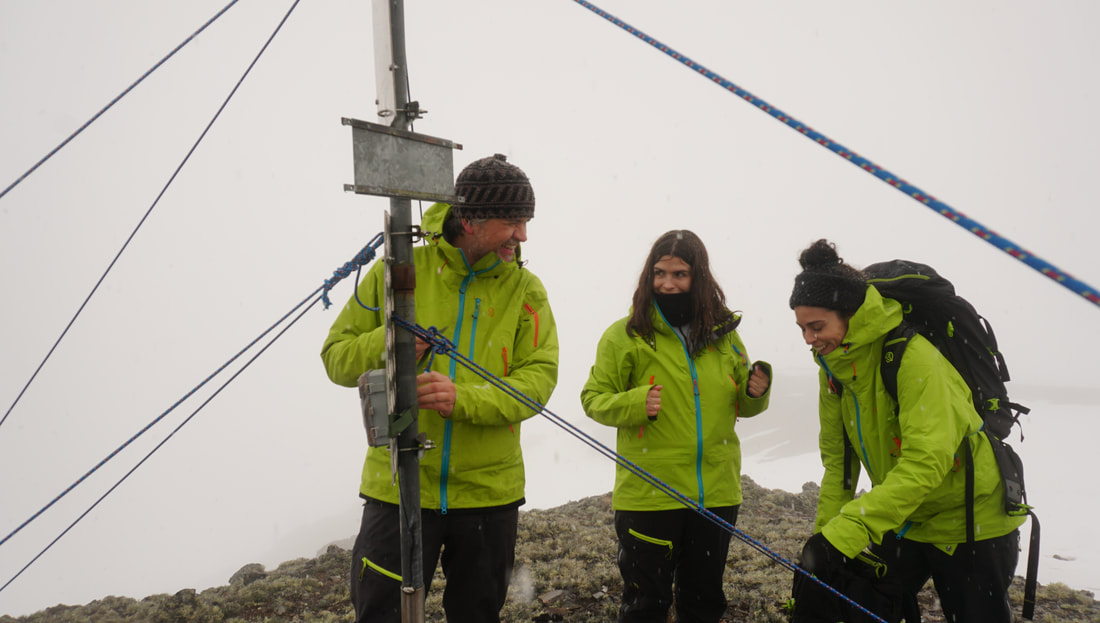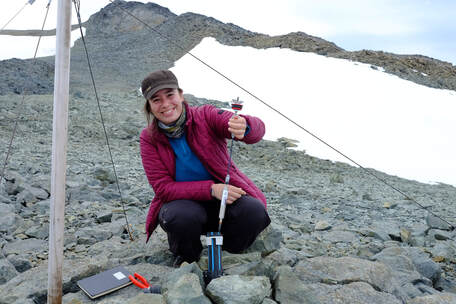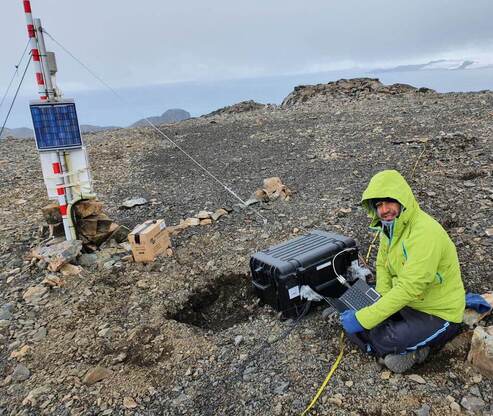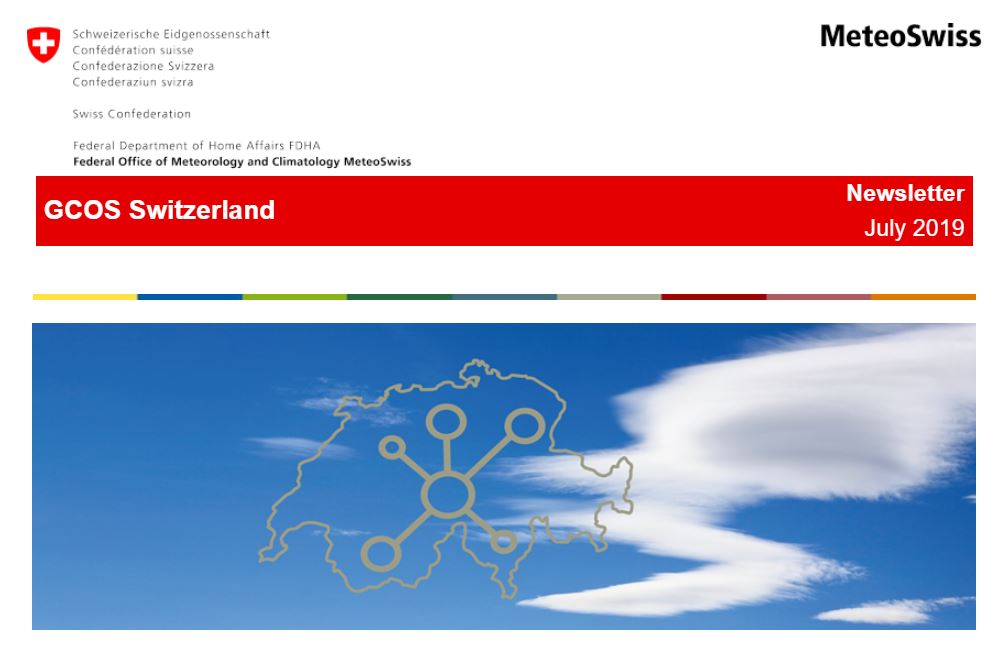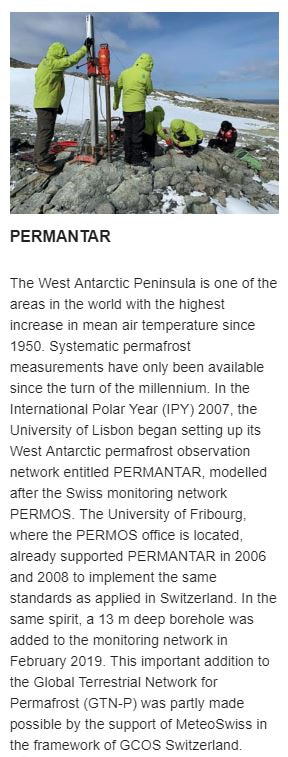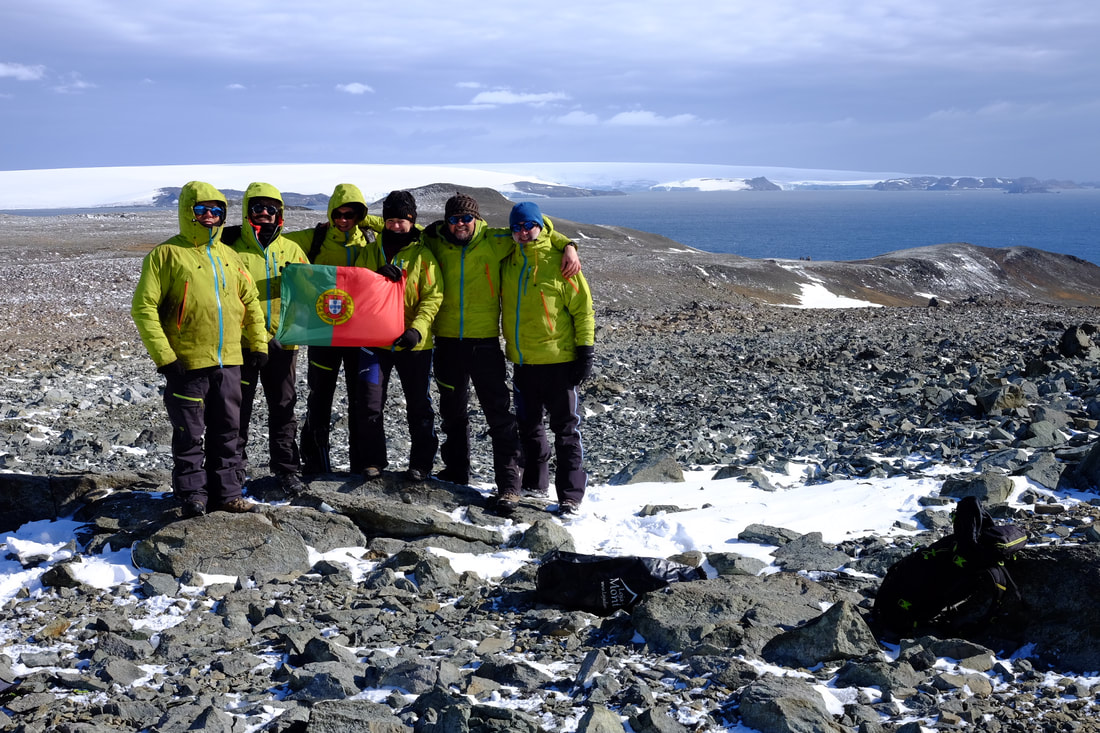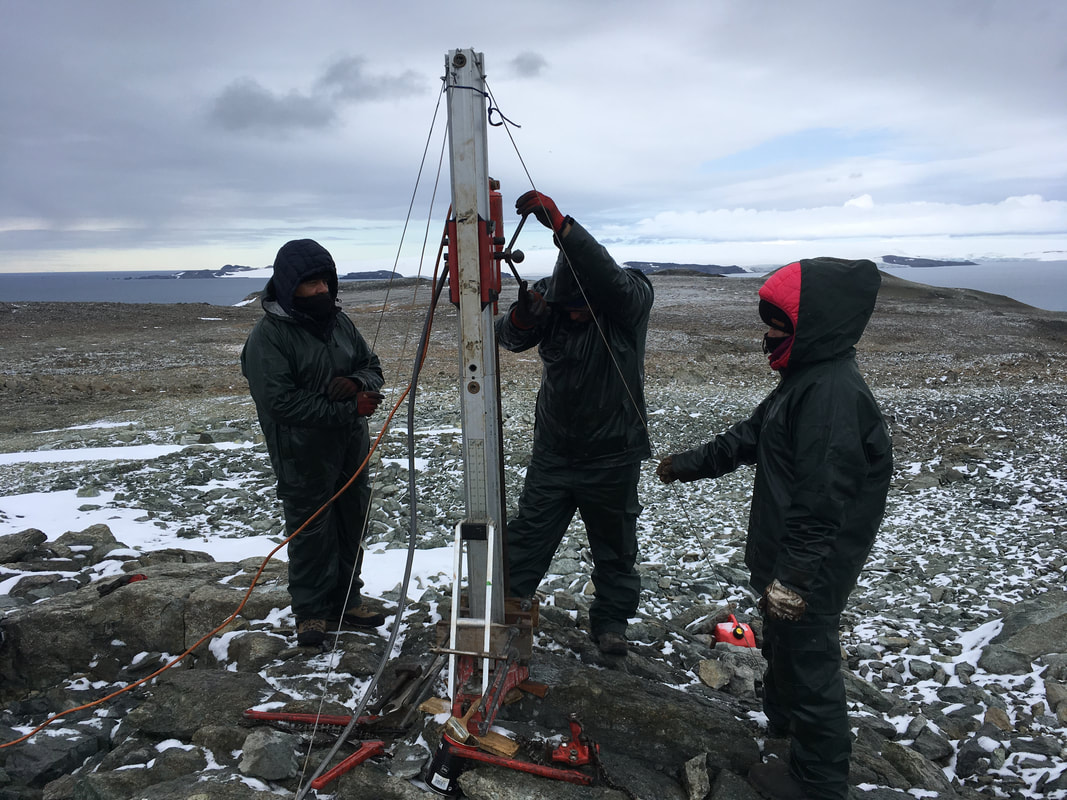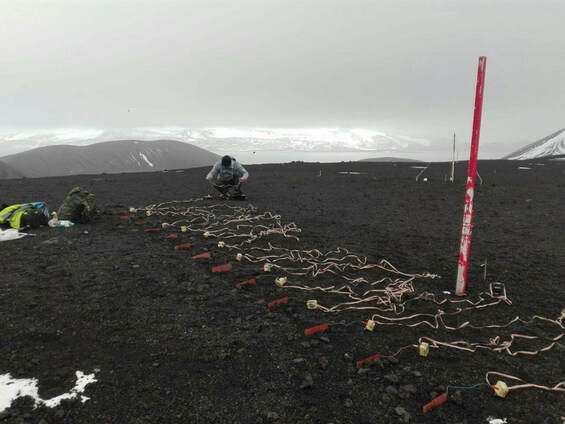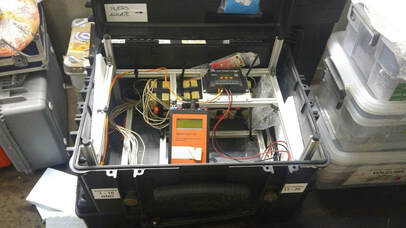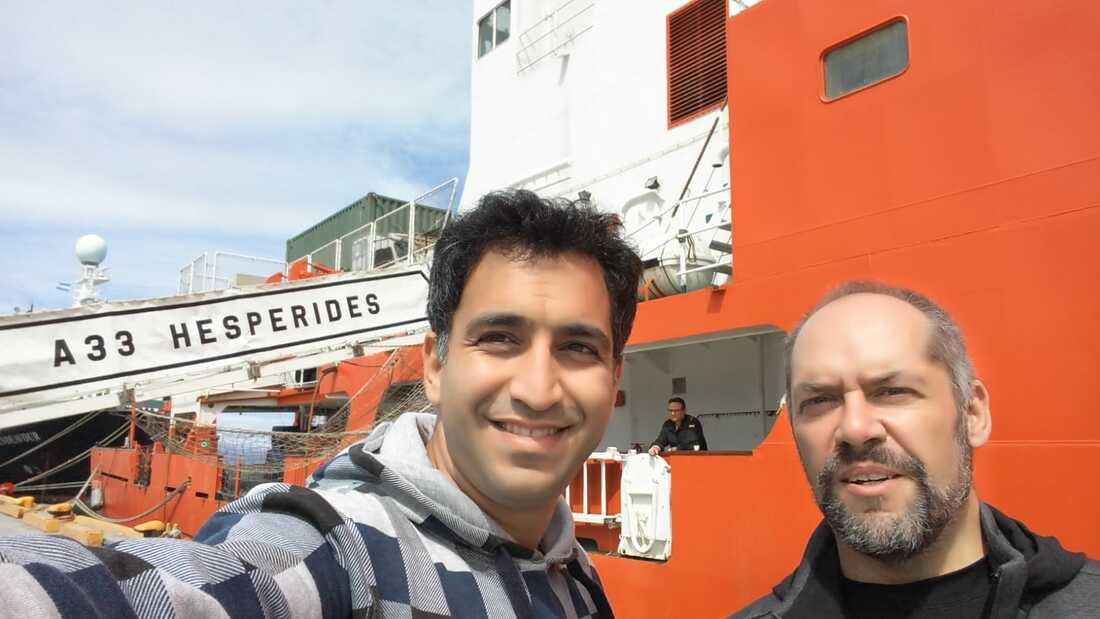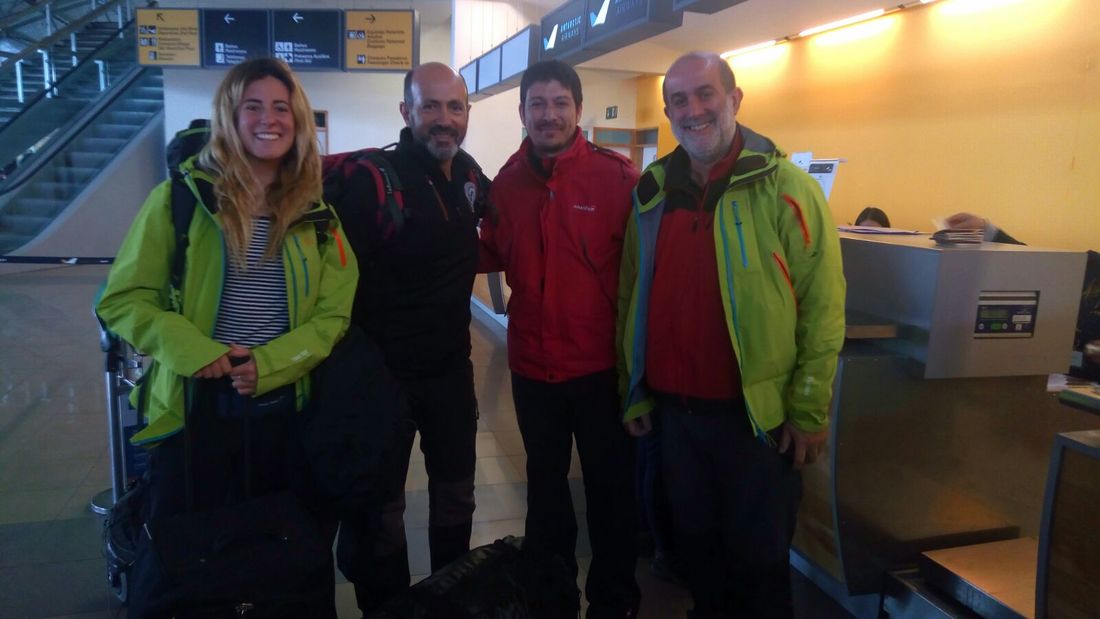This season the activities were supported by PROPOLAR, the Spanish Polar Committee, the Bulgarian Antarctic Institute, the Korean Polar Research Institute and by the College on Polar and Extreme Environments of the University of Lisbon, to whom we are thankful. Actually, our team was integrated in the COASTANTAR 2024 Expedition in a 24 m sailing boat, that allowed us to reach Cierva Cove and Amsler. It was amazing!
This year's activities were funded by the FCT under the project THAWIMPACT.
